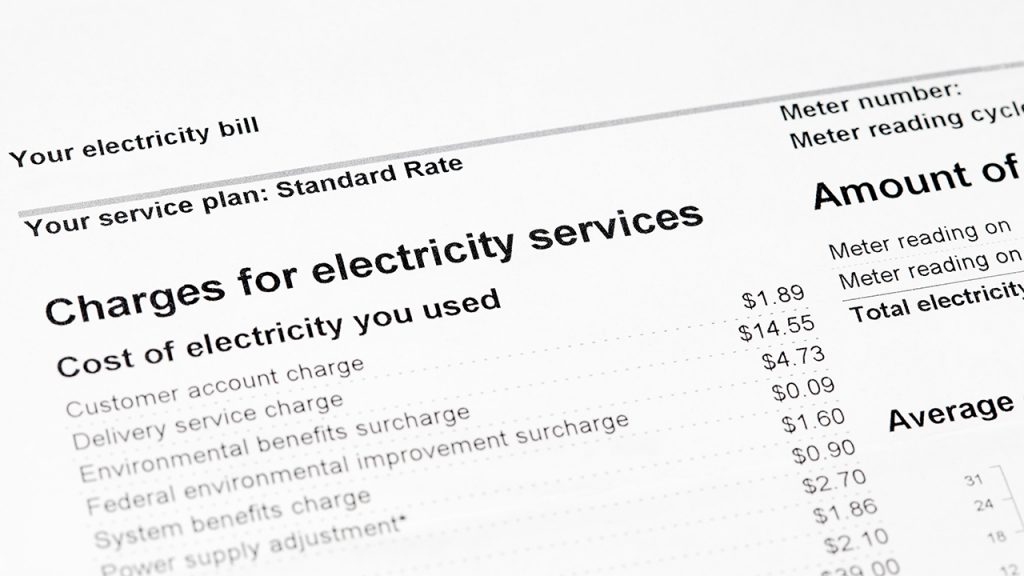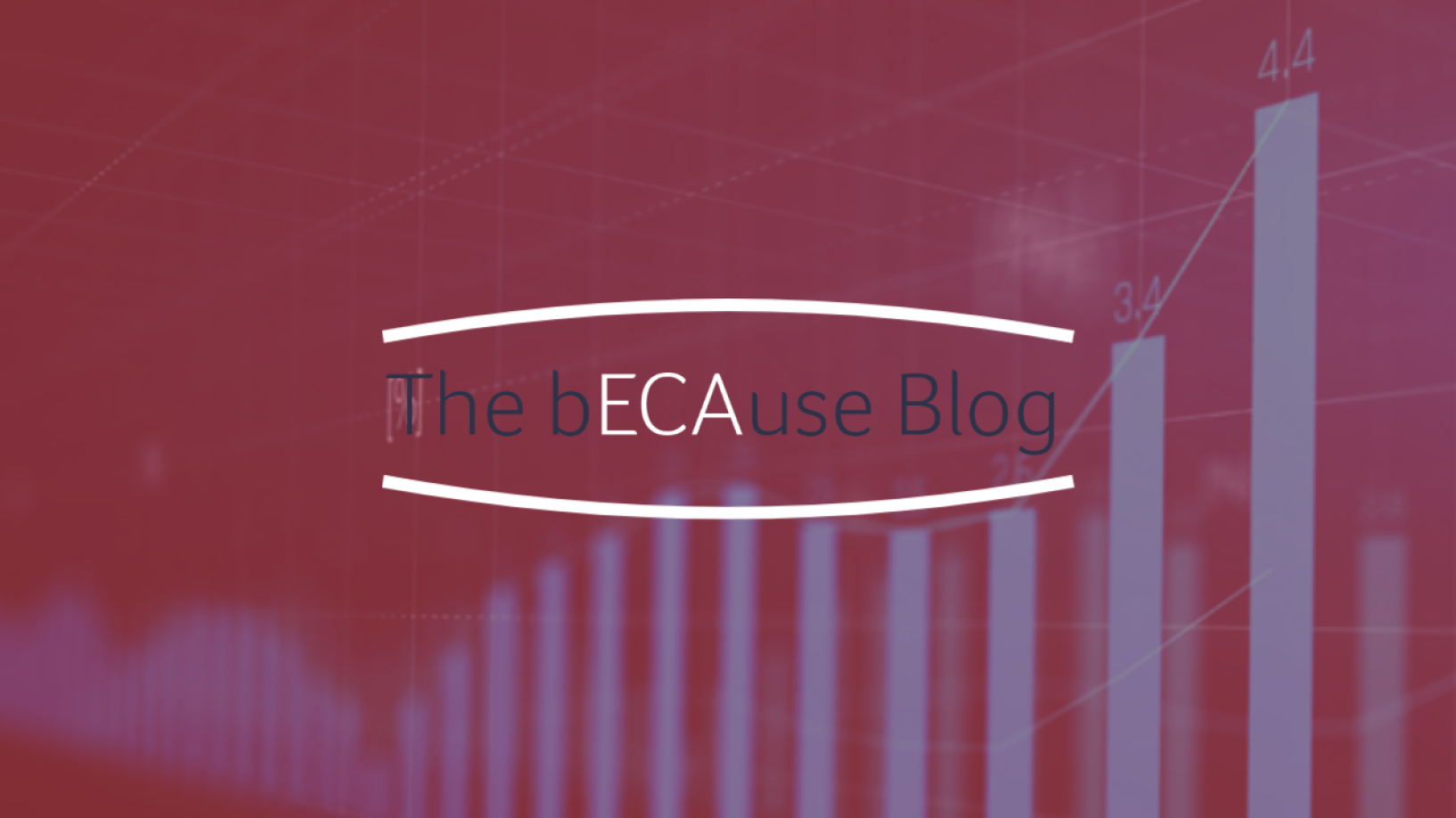Changes that will soon be implemented in the energy market will make consumer energy data more portable. This has significant potential to open up new retail services and make it easier for consumers to get a better deal, and for retailers to offer innovative energy products and services.
Imagine if competing energy retailers could look at your energy use and offer you a package that undercut your current provider. Imagine if you could take your data to an energy broker and have them take the hassle out of shopping around and find the cheapest deal on your behalf, saving you time and money.
Consumer Data Right will make this a reality, giving households and small businesses easy access to their energy use data to help them make choices in an energy market that is being transformed by technology and new business models.
Defining data
At the moment, most people only have access to the data shown on their bill – which is basically how much you used and whether it's up or down compared to last month or last quarter. But the real drivers of your bill sit under the surface, often invisible to households and small businesses.
The data now being made available to consumers includes information about how much energy you’re using and when, how much you're exporting (if you’re generating power with solar panels, for example), where you are consuming energy, and other factors that determine your bill.
Drilling deeper again, you could get access to data about how you’re using energy. Are you storing it in a battery, and when? Are you charging an electric vehicle, and when? Are you using your air conditioning, or a pool pump efficiently? When (and how often) are you exporting energy?
All these factors drive your energy bill and dictate which energy supplier is the best fit for you. But how many consumers have this information or know how to use it?

Unlocking the data
There are two things that need to happen to unlock the potential of data to drive down energy costs and improve the way the energy system works.
At the moment people are largely relying on bills which are retrospective for their data. You can't achieve any change that way – it’s like asking somebody to stop speeding when you give them a ticket for going past a speed camera three months ago.
The first step is therefore installing the technology to measure the data with sufficient granularity – in other words, smart meters. In Victoria, the vast majority of homes and small businesses have smart meters, but in the other parts of Australia take-up is generally less than 20%. We need to get the technology out there to capture the data.
Then comes step two which is enabling the use of that data through the Consumer Data Right, encompassing data portability, data access rights for third parties, data control and privacy issues.
Opening the door to better deals and a smarter system
There's almost no end to where you can go once you've got the data available to you.
But while a small number of consumers will want to dive into the data themselves, the vast majority of consumers don’t have the time or inclination. One of the biggest opportunities is for third party service providers to play that role, crunching the numbers to help consumers find the best deal, tailored to their individual energy use.
We could also see individualised assessments for consumers, advising where you can save energy and how you can be more efficient in using what you've bought.
Better and more accessible data also means the energy system can operate more efficiently. Granular data will be particularly important for energy networks to help them build a network that meets the need, rather than trying to guess what the need is.
Understanding how energy is being used presents huge opportunities to use what we have more efficiently and save money.

Building in safeguards
Consumer protection is an important consideration as we move into this new world of data portability. As with all data, privacy is key. There are already very strong requirements in the energy rules about who can access data, under what circumstances they can access it, and what data they can access.
But there are other considerations too. If we're talking about new services, new innovators, and things that might not fit into the standard customer protection frameworks, particularly in energy, that's something which needs to be considered.
The Energy Security Board is looking at consumer protections as part of the post 2025 work program at the moment. We think there is more work to be done examining the potential impacts and risks to consumers of new types of energy services now, as well as into the future.
The next step
Data portability offers so many opportunities for both the industry and consumers – the next step is to get the detail right and that can only happen if the system is designed with consumers and not for them.
The implementation of the Consumer Data Right must limit the barriers for consumers who want to take advantage of new services, and ensure the consumer stays at the centre of our systems design and rollout.
